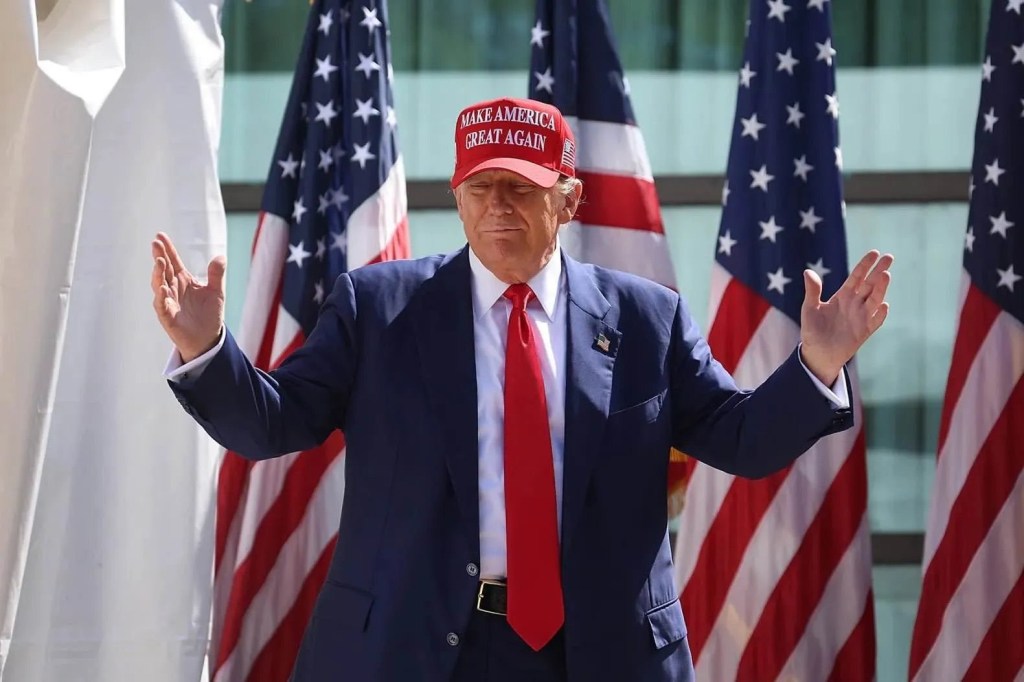On January 21, 2025, just a day after taking office for a second term, President Donald Trump signed an Executive Order that sent shockwaves through both American and Indian landscape. The order, which seeks to alter the application of birthright citizenship in the United States, has sparked widespread debate. Some view it as an executive overreach, while others see it as a long-awaited move to enforce immigration policies more strictly. But beneath the surface, the questions raised about its legality and long-term political consequences are far from simple.
The Core of the Executive Order
The Executive Order asserts that children born in the U.S. to parents who are unlawfully present, or whose presence is temporary and not authorized, would not automatically acquire U.S. citizenship.
In other words, Trump is challenging the conventional interpretation of the Fourteenth Amendment’s citizenship clause, which has been in place for over 150 years.
The much anticipated order has only unleashed an era of uncertainty for the Indian American which has been waiting for green card reforms after Trump’s election promise. “When Trump won, there was a wave of optimism in the Indian community. The advocacy of prominent figures like Elon Musk and Vivek Ramaswamy for merit-based immigration had kindled hope for meaningful reform in the immigration system,” shares Rahul Menon, an Indian-origin podcaster.
“I personally know two families who have babies due in May and July respectively. They will now have to face additional visa uncertainties for their unborn children.” Rahul further stated. “I can confirm this is the same for most of the Indian community groups I’m a part of. All of them have been seeing a lot of panic and frustration ever since the EO was published.”
Birthright Citizenship: Legal and Constitutional Questions
This bold move has raised significant constitutional concerns. The Fourteenth Amendment, ratified in 1868, unequivocally states that “All persons born or naturalized in the United States, and subject to the jurisdiction thereof, are citizens of the United States.” This provision was designed to ensure that former slaves were granted citizenship and equal protection under the law. The clause has been interpreted by the courts to include virtually all people born in the U.S., with few exceptions such as children of foreign diplomats or hostile forces.
Yet, President Trump’s Executive Order is based on the claim that the Fourteenth Amendment never intended to cover those born to non-citizen immigrants who are not fully “subject to the jurisdiction” of the U.S.
It is in this grey area of legal interpretation that the executive order faces its first major obstacle: the U.S. Constitution.
Legal expert Sam Peak has pointed out that this kind of policy could likely be struck down by the courts. “Just so people know, because nobody is clarifying this, the Birthright Citizenship EO is clearly going to be stopped by the courts immediately because it’s illegal. There is a lot of scary stuff ahead, but please try to not be fearful about this particular thing.”
In fact, the order also conflicts with existing Supreme Court judgments, particularly the landmark case United States v. Wong Kim Ark (1898), which affirmed that the children of legal immigrants born in the U.S. are entitled to citizenship under the Fourteenth Amendment. This precedent has never been overturned, and any attempt to invalidate it would likely trigger a fierce battle in the courts.
Political Strategy or Genuine Reform?
The potential legal fallout aside, the political implications of the executive order are equally important. Steven Brown, a prominent immigration attorney feels, “the administration knows this is going to be a loser in court. But, it gives them what they want…talking points. If it is successful, big win. If it loses they can blame the liberal ACLU and non-MAGA judges and get political talking points going into the 2026 election cycle. Win/Win.”
As legal experts have pointed out, such a drastic reinterpretation of the Fourteenth Amendment would require a constitutional amendment or a radical shift in Supreme Court jurisprudence—neither of which can be achieved by executive order.

